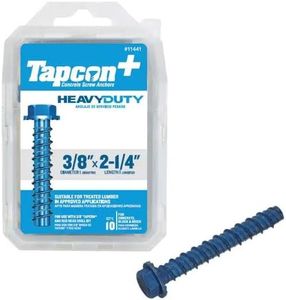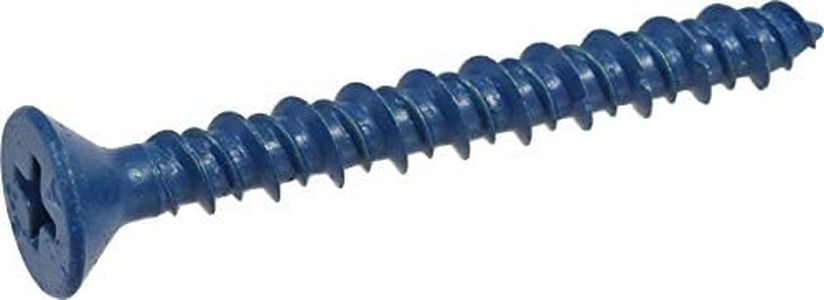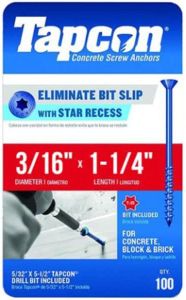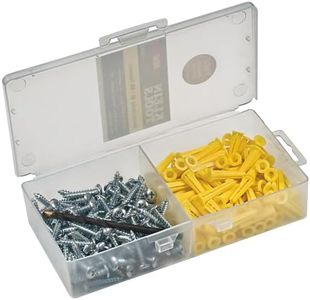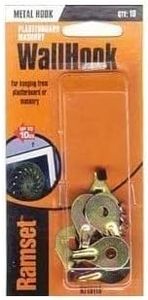We Use CookiesWe use cookies to enhance the security, performance,
functionality and for analytical and promotional activities. By continuing to browse this site you
are agreeing to our privacy policy
10 Best Stucco Anchors
From leading brands and best sellers available on the web.Buying Guide for the Best Stucco Anchors
Choosing the right stucco anchors is important to ensure a strong and reliable hold when attaching items to stucco walls. Since stucco is a hard yet brittle surface, not all anchors will work well; using the wrong kind can lead to weak installation, cracks, or even damage to your wall. By considering a few key features, you can match the anchor type and size to the weight of the object you want to hang and the nature of your stucco wall, resulting in a safe and lasting installation.Anchor TypeAnchor type refers to the design and mechanism that secures the anchor in the stucco. Common types include plastic expansion anchors, metal sleeve anchors, and toggle bolts. Plastic expansion anchors are best for lightweight items and hollow walls, metal sleeve anchors provide stronger holds for moderate weights, and toggle bolts can support heavier objects by clamping onto the back of hollow walls. When choosing, consider the weight of the item you want to hang and if your stucco is backed by lath or installed over solid material. Use simple plastic anchors for small items, but go for sleeve or toggle types when supporting heavier loads.
Weight CapacityWeight capacity indicates how much weight an anchor can support safely. This is a crucial specification, as exceeding the limit may cause the anchor to fail or damage the wall. Weight capacities may be divided into light-duty (up to about 20 lbs), medium-duty (20–50 lbs), and heavy-duty (over 50 lbs) segments. To pick the right one, add up the weight of the item and anything it might hold, and always choose an anchor with a weight rating higher than your total. This ensures safety and prevents accidents.
Anchor LengthAnchor length is the distance the anchor will penetrate into the wall. Longer anchors provide more grip and are generally used for thicker stucco walls or when extra support is needed. Shorter anchors suit thin stucco layers but may not hold as much weight. To decide, measure the thickness of your stucco and backing, then choose an anchor that is long enough to go through the stucco and securely into the substrate behind it. This will guarantee the strongest hold.
MaterialThe material of the anchor affects its strength, durability, and resistance to rust or corrosion. Common materials are plastic, zinc, and stainless steel. Plastic anchors are best for light to medium loads and dry indoor use. Zinc and stainless steel anchors are more durable and resist rust, making them suitable for outdoor or humid locations, and for holding heavier objects. Consider where you are installing (indoor vs. outdoor) and what you are mounting to select the proper anchor material.
Installation MethodThe installation method refers to how the anchor is put into the wall. Some anchors can be simply pushed in, while others require pre-drilled holes or special tools. Push-in anchors are fast and easy but only suitable for light loads. Pre-drilled or screw-in types provide more stability and are best for heavier installations. Think about your DIY skills and the tools you own, as well as the wall’s condition, to choose an anchor that suits your comfort level and installation task.
